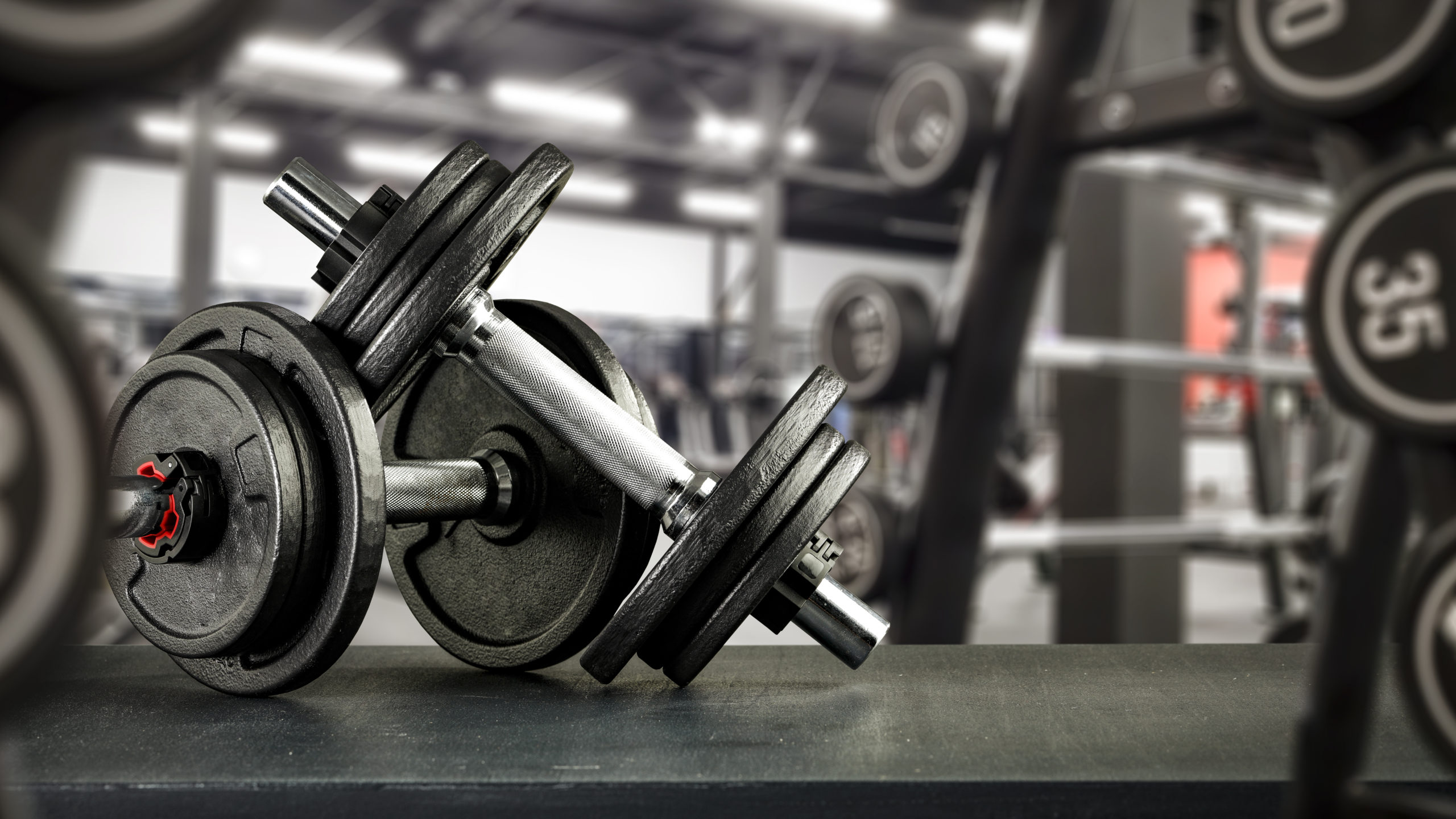AthletiSIGN technology is Inagen’s original, proprietary solution that combines advanced genetic profiling for athletes with a globally unique artificial intelligence algorithm to analyze interactions of individual genes with each other.
AthletiSIGN serves athletes and training staff to:
- optimize training
- select the right training measures
- optimize lactic acid removal after anaerobic work
- prevent soft tissue injuries (muscles, tendons, ligaments)
- prevent tissue damage due to sports on a cellular level
- optimize the performance

Optimization of training
Fast and slow-shrinking fibers
Owing to their genetic conditioning, athletes may have a natural predisposition to develop a large number of fast-shrinking fibers or a large number of slow-shrinking fibers in their skeletal muscles. As a consequence they are naturally predisposed to develop high explosive power (speed) or high aerobic endurance (physical efficiency).
As a result, with AthletiSIGN, you can very precisely determine the type of effort energy – predominantly anaerobic or predominantly aerobic, and select proper training of strength and aerobic endurance.
Lactic acid transport
The anaerobic effort energy may, in the case of genetically determined disorders of lactic acid transport, lead to a rapid onset of fatigue in the athlete. Being aware of the disorders, the athlete may incorporate exercises into the training program to increase tolerance to elevated lactic acid levels and, consequently, significantly delay the onset of fatigue symptoms.
AthletiSIGN identifies athletes with impaired lactic acid transport, so they can effectively counteract the effects of lactic acid accumulation both during training and during competition.

Selection of appropriate training measures
Delayed Onset Muscle Soreness Syndrome (DOMS)
Genetics may influence the need for or exclusion of certain training measures. AthletiSIGN provides information on the susceptibility of athletes to so-called delayed onset muscle soreness syndrome (DOMS), which is often mistakenly referred to as “soreness”. DOMS occurs due to tearing of muscle fibers and occurrence of micro-trauma to skeletal muscles as a result of eccentric muscle work (training to increase muscle volume). The accompanying pain is caused by inflammation within the torn fibers. Scar tissue forms in the injured spot. Over time, its accumulation in the muscle results in decreased performance of the muscle.
AthletiSIGN indicates which athletes are particularly prone to DOMS. Consequently, which athletes should not undergo intense eccentric training, replacing it with isometric exercises.
Processing information, making decisions and acting under stress
Athletes, especially those involved in contact team games, work under stress induced by the actions of the opponent. The effectiveness of decision-making and performance under stress depends on the levels of specific neurotransmitters – chemicals that excite or inhibit nerve cells. AthletiSIGN provides information about the effectiveness of information processing, decision making, and the ability to perform of players exposed to stress-inducing factors. Players who excel at information processing under comfortable conditions perform less well under severe stress. At the same time, athletes who process information less well under comfortable conditions perform significantly better in analysis, decision making, and taking action under stress.
AthletiSIGN indicates which athletes have got lower efficiency in processing information and taking appropriate actions under stressful conditions and should cyclically repeat fixed elements of the technique under such conditions, thus getting used to the stress factor and developing reflex behaviors that do not require information processing and decision making under high stress.

Prevention of soft tissue injuries (muscles, tendons, ligaments)
Non-contact soft tissue injuries such as: ligament, tendon or muscle rupture, as well as numerous tendinopathies (inflammation of tendons) are the most common cause excluding an athlete from trainings and competitions, and also a frequent reason for ending a sports career. Scientific work conducted for more than 10 years has shown that these types of injuries are conditioned by specific genetic changes irrelevant for the daily functioning of people affected by them, but having an enormous impact on the athletes performance. The key, in this respect, is early identification of athletes susceptible to such injuries and early implementation of preventing measures.
AthletiSIGN is greatly effective to clearly identify players prone to injury and provides recommendations for injury prevention.

Preventing tissue damage at the cellular level
One of the factors that determines high explosive muscle power is a high level of energy production. Under aerobic conditions, this energy is produced in cells, mainly in specialized “factories” called mitochondria. A by-product of energy production (ATP) are so-called oxygen free radicals, which effectively damage mitochondria. Therefore, the human body is equipped with specific fuses that interrupt the production of ATP so that the produced toxins (oxygen free radicals) can be removed and, as a result their accumulation and destruction of mitochondria is prevented. These fuses due to inherited genetic modifications may be disabled causing increased energy production in muscles and high explosive power. Unfortunately, at the same time such an athlete is at risk of chronic inflammation and permanent mitochondrial damage. This effect can be reduced by proper dietary supplementation with mitochondria-directed antioxidants such as MitoQ or SkQ1. The possible use of such supplementation and the determination of dosage must always be supervised by a clinical nutritionist.
AthletiSIGN identifies dysfunction of protection against oxygen free radicals at the cellular level, giving you the ability to quickly counteract their destructive effects.
Optimization of effort energy
Approximately 20% of the human population has a genetic condition resulting in impaired cellular energy (ATP) production. The vast majority do not develop symptoms preventing them from functioning on a daily basis. However, with increased energy requirements during intense work out, such disorders can be decisive for athletic performance. There are experimental methods of supplementation for athletes with such disorders, by using the D-ribose sugar and/or xylitol just before training or competition. Any use of such supplementation and the determination of the dosage must always be supervised by a clinical nutritionist, taking into account the relatively short half-life of these compounds in the body.
AthletiSIGN identifies the mutation leading to possible energy production disorders and provides a basis for appropriate supplementation of athletes.

Procedure
If you want to do the test, please read our offer and to complete the order form.
Inagen sends a client a kit consisting of two swabs and other items necessary to collect biological material and to properly code it with a label. The subject, takes two swabs from the mouth (by rubbing the tip of the swab on the inside of the cheek) at any time, following the attached instructions, and then sends the collected material to Inagen by mail or courier. After two weeks Inagen delivers the test result and its interpretation to the Client’s e-mail address.
